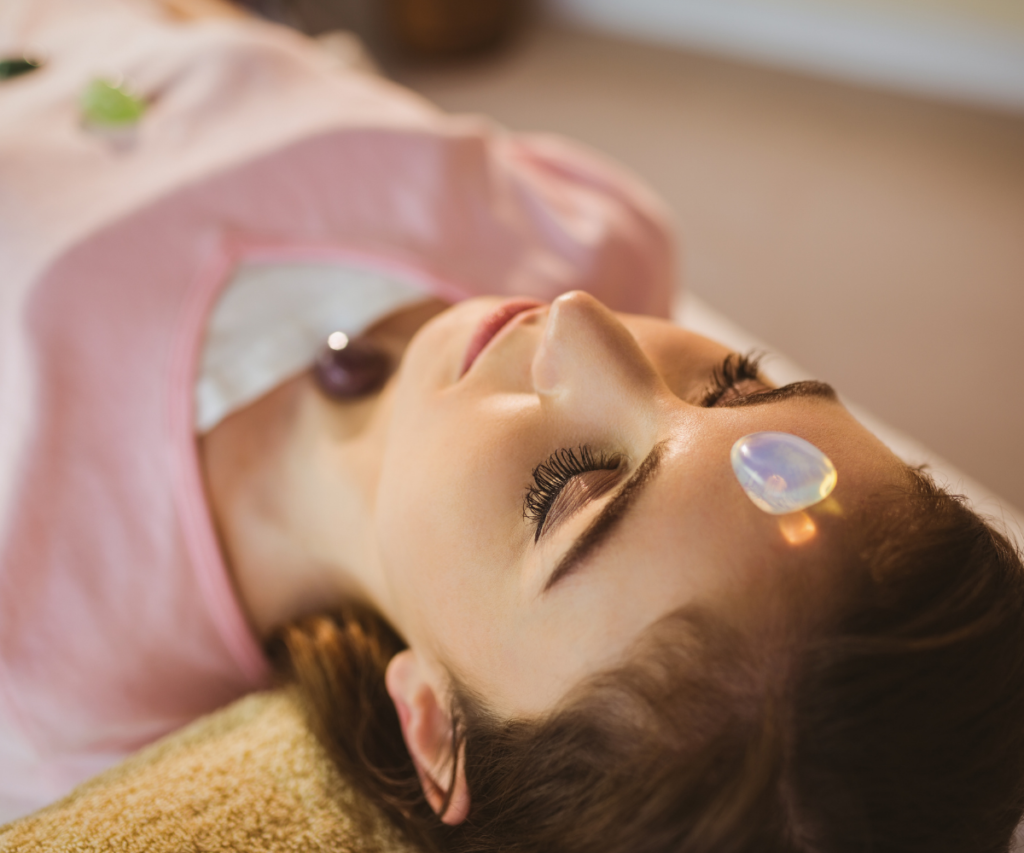Yes – what you grow from the kits are the crystalline forms of the chemicals provided. These are usually water-soluble: potassium alum (potassium aluminum sulfate), sodium acetate, sodium sulfate, copper sulfate, potassium sodium tartrate, etc.
You can grow crystals from materials found at home (salt, sugar, Epsom salt). Virtually all of these are water-soluble compounds. This means that they are not like gemstone crystals which usually require many years and heat to grow – think to crystallize from molten rock.
The resulting crystals can look great but are not durable since they are water-soluble and not very hard.

Note that the chemicals and the resulting crystals are not toxic but should be handled carefully and not ingested.
That means that use by children should be with adult supervision. One advantage of growing crystals from sugar and salt is that they are not toxic (except in massive quantities – then they would make you sick).
Are crystal growing kits legit?
Some maybe, but I’m sure others are frauds or exaggerations. Some mineral crystals like common salt and borax are easy to grow.
I know some of the kits imply you can increase emeralds, citrine amethyst. Whiles it is possible to grow these crystals in an advanced lab, there is no way to grow them at home.
Most likely, it’s salt or other fast-growing crystal, with a packet of dye. You can grow some mineral crystals like copper sulfite that are colorful. While crystal kits may be fun, it’s unlikely that you’ll be growing crystals of the minerals that they imply.
You can grow several crystals from drying a saturated solution of any number of substances. Most are likely to be very small and not visible to the naked eye. You will have better luck if you search for a specific mineral/crystal you want to grow.
For 20 or 30 dollars, the kits can be entertaining, especially if you have younger children. Have fun




